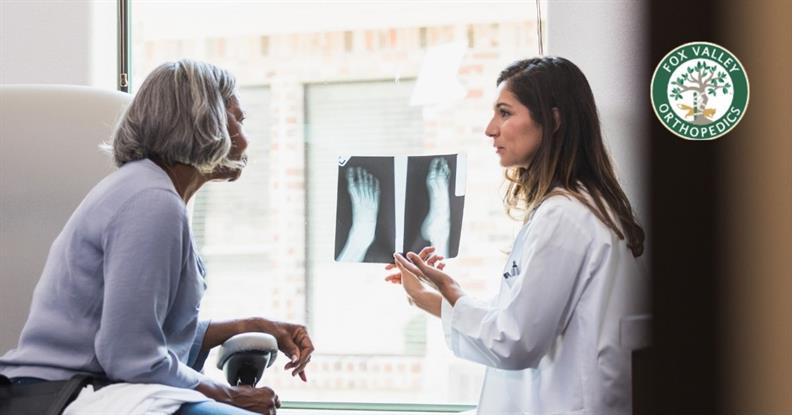Improper Splinting Can Make a Child’s Fracture Worse
- Category: General
- Posted On:

Study finds a high rate of improper splinting at emergency rooms and general urgent care centers.
Between sports, skateboarding, trampolines, playgrounds, and just kids being kids – parents can almost expect a fracture at some point in time.
The American Journal of Epidemiology reports that fifty-five percent of all children break at least one bone before they reach 18. In fact, broken bones in children and adolescents are so common that the Maryland researchers suggest nearly half of all boys and a quarter of all girls will experience a fracture at some point before they turn 16.
Statistics show that about half of all boys and a quarter of all girls will break an arm or a leg before they turn sixteen. If the bones are set right away, most breaks quickly heal.
In a recent study by The University of Maryland School of Medicine, however, it was reported that over ninety percent of splinted fractures carried out on children and adolescents in Maryland emergency rooms and urgent care centers were improperly performed. Why is this simple procedure causing so much grief? And should parents be concerned?
The study’s researchers believe that healthcare professionals in hospitals and urgent care centers aren’t adequately trained in proper splinting techniques.
“Fractures are the most common childhood injury requiring professional care,” says Dr. Vishal Mehta – a sub-specialized and fellowship-trained sports medicine surgeon at Fox Valley Orthopedics. “Improper splinting can lead to a range of unnecessary discomfort for children, including blisters, an array of skin problems, excessive swelling, and poor fracture immobilization.”
“That’s a whole lot of potential for a whole lot of pain and discomfort,” says Dr. Mehta. “But by bringing your child to an orthopedic specialist first, you’ll be reducing the potential for fracture complications, and minimizing the amount of time your child needs to spend having her fracture tended to.”
Pediatric orthopedic specialists at the University of Maryland School of Medicine determined that out of the 275 emergency room and urgent care center pediatric splint cases they examined, ninety-three percent were improperly placed, leaving the children vulnerable to further problems. Here’s what they found:
- In 77 percent of the cases, an elastic bandage was improperly placed directly on the skin.
- In 59 percent of the cases, the joints were incorrectly immobilized.
- In 52 percent of the cases, the splint was an inappropriate length.
- In 40 percent of the cases, there were skin and soft-tissue complications.
Splints are used by hospital emergency rooms and urgent care centers to decrease pain and temporarily stabilize a possible fracture. Patients are normally referred to an orthopedic surgeon after they have been splinted. The surgeon is the one who removes the splint, and further evaluates the fracture.
“So why not have your child see an orthopedic surgeon first,” says Dr. Mehta, “and spare him the trauma of an unnecessary second visit to the doctor?”



